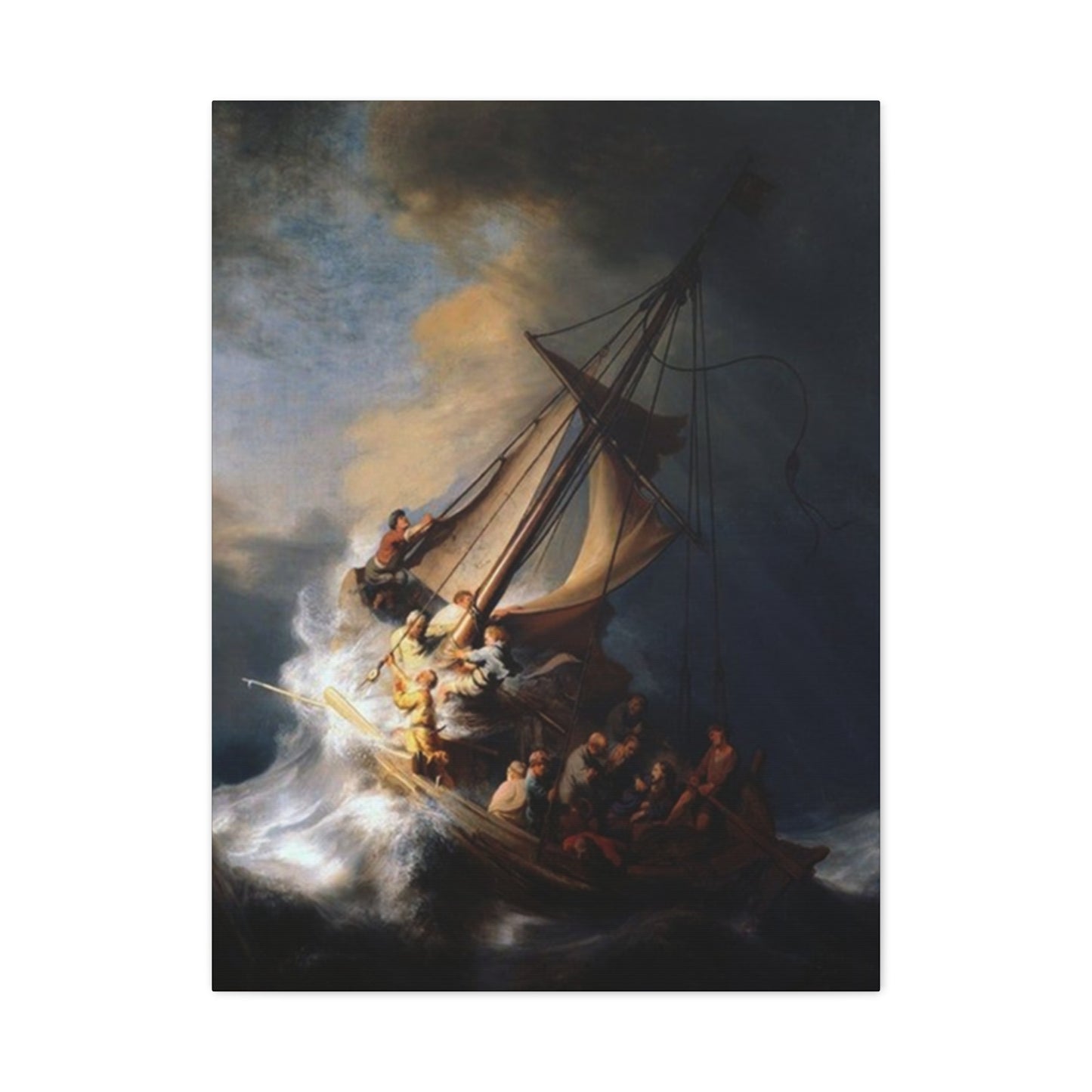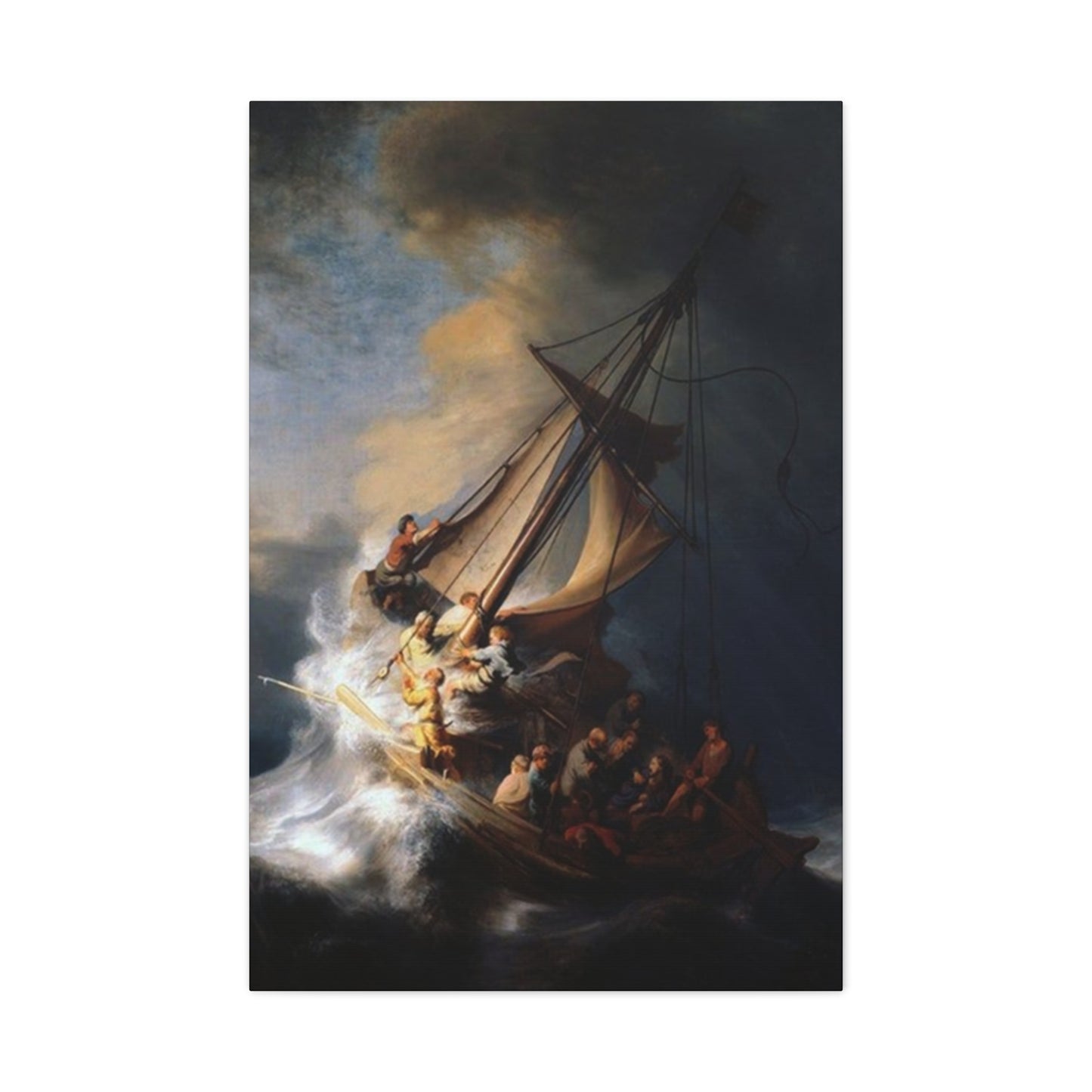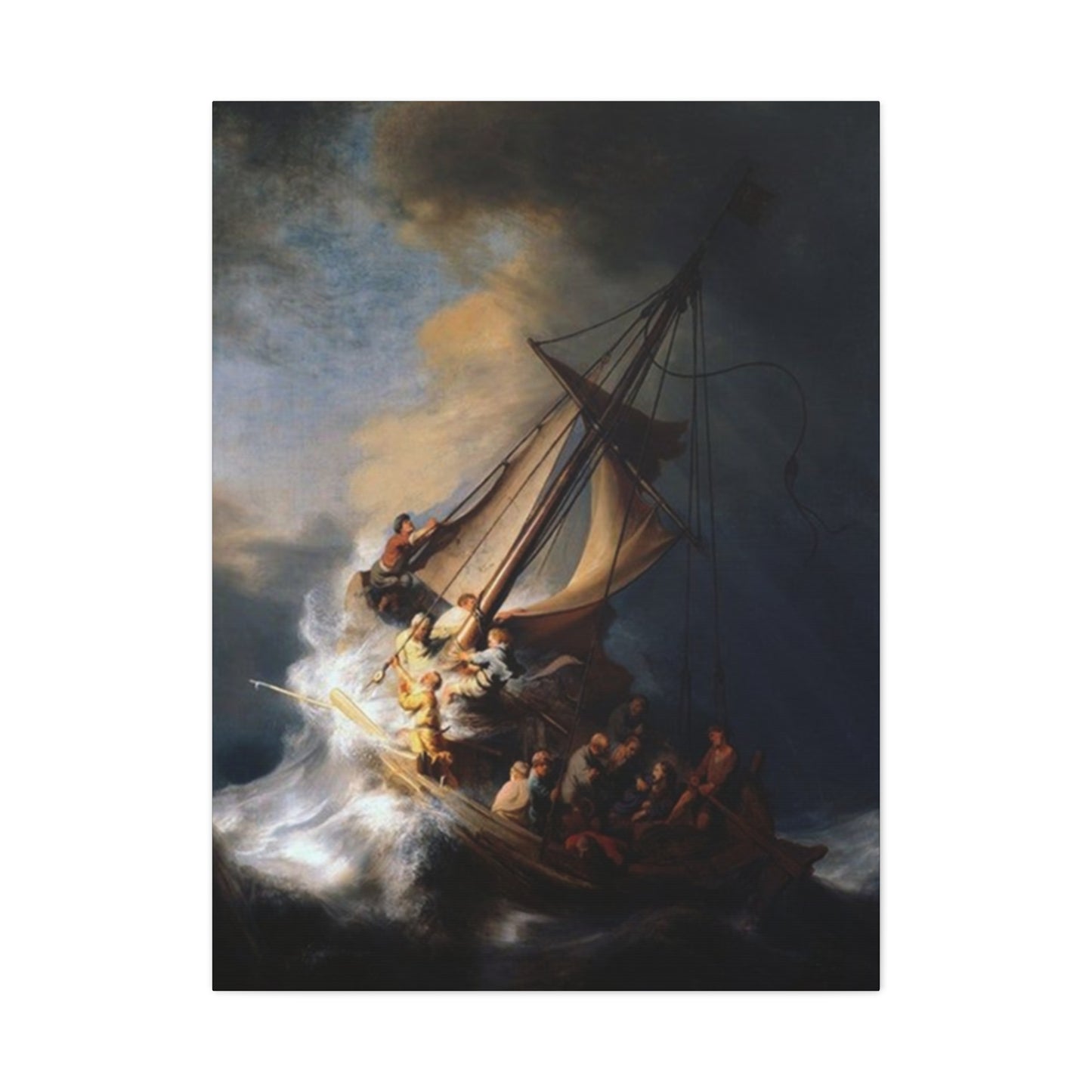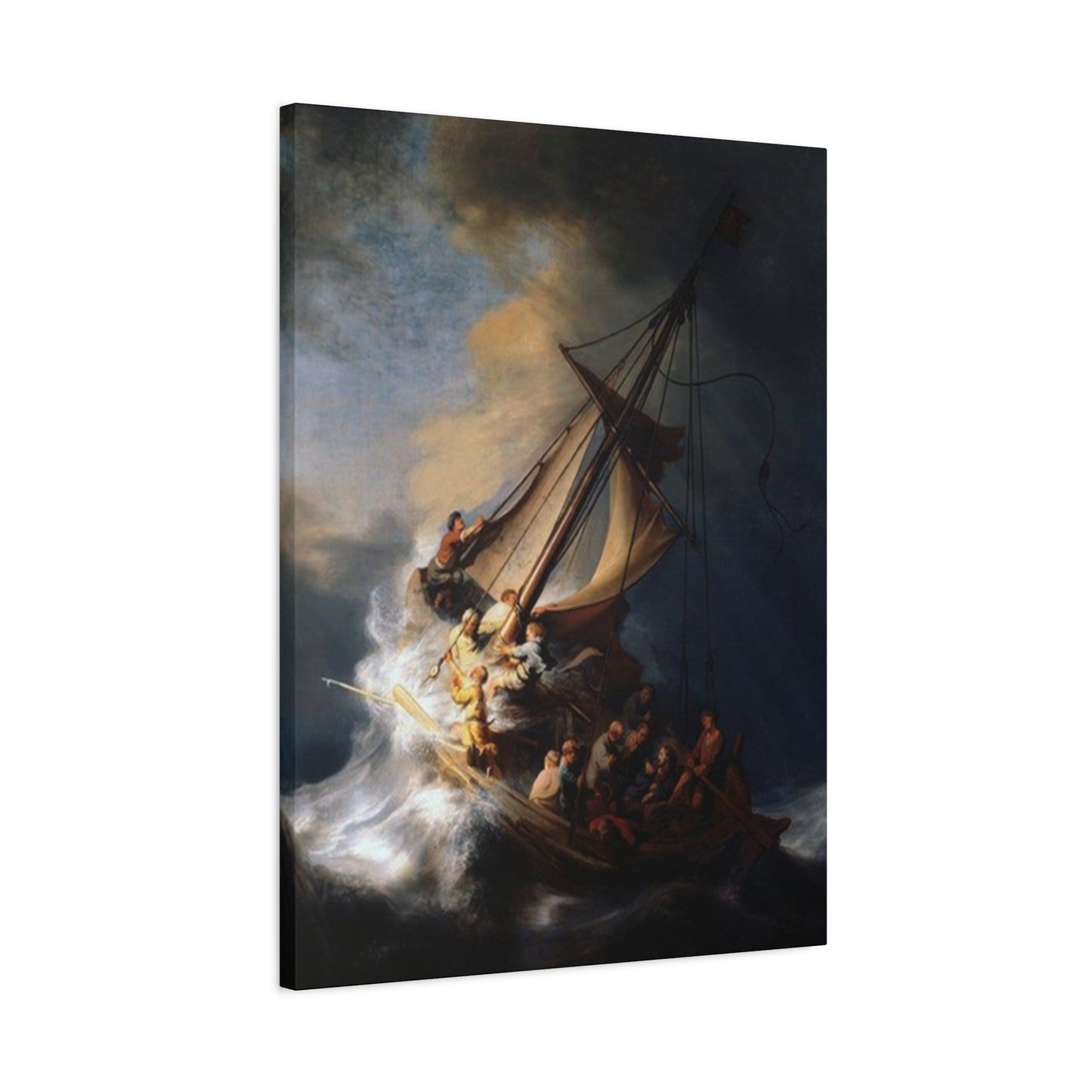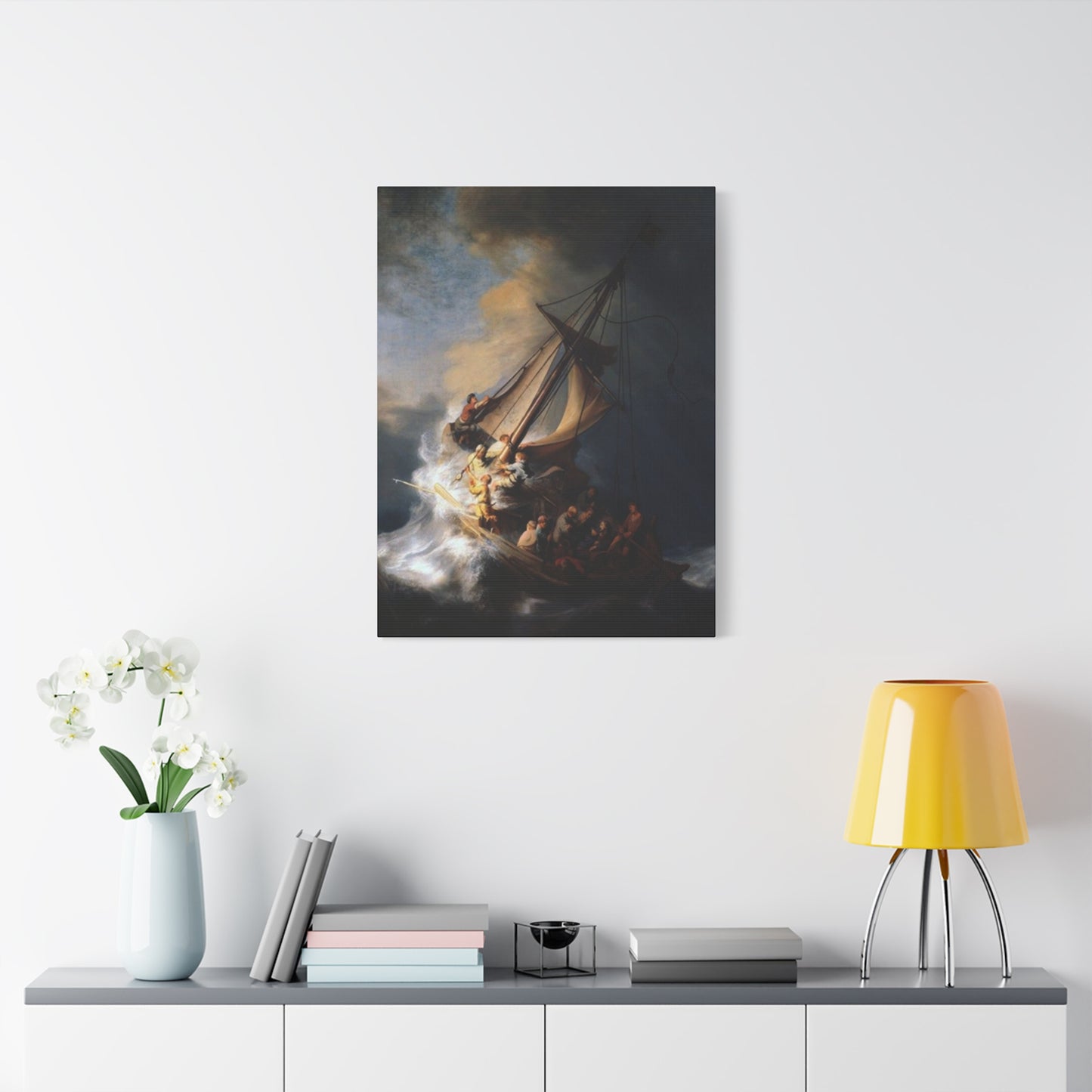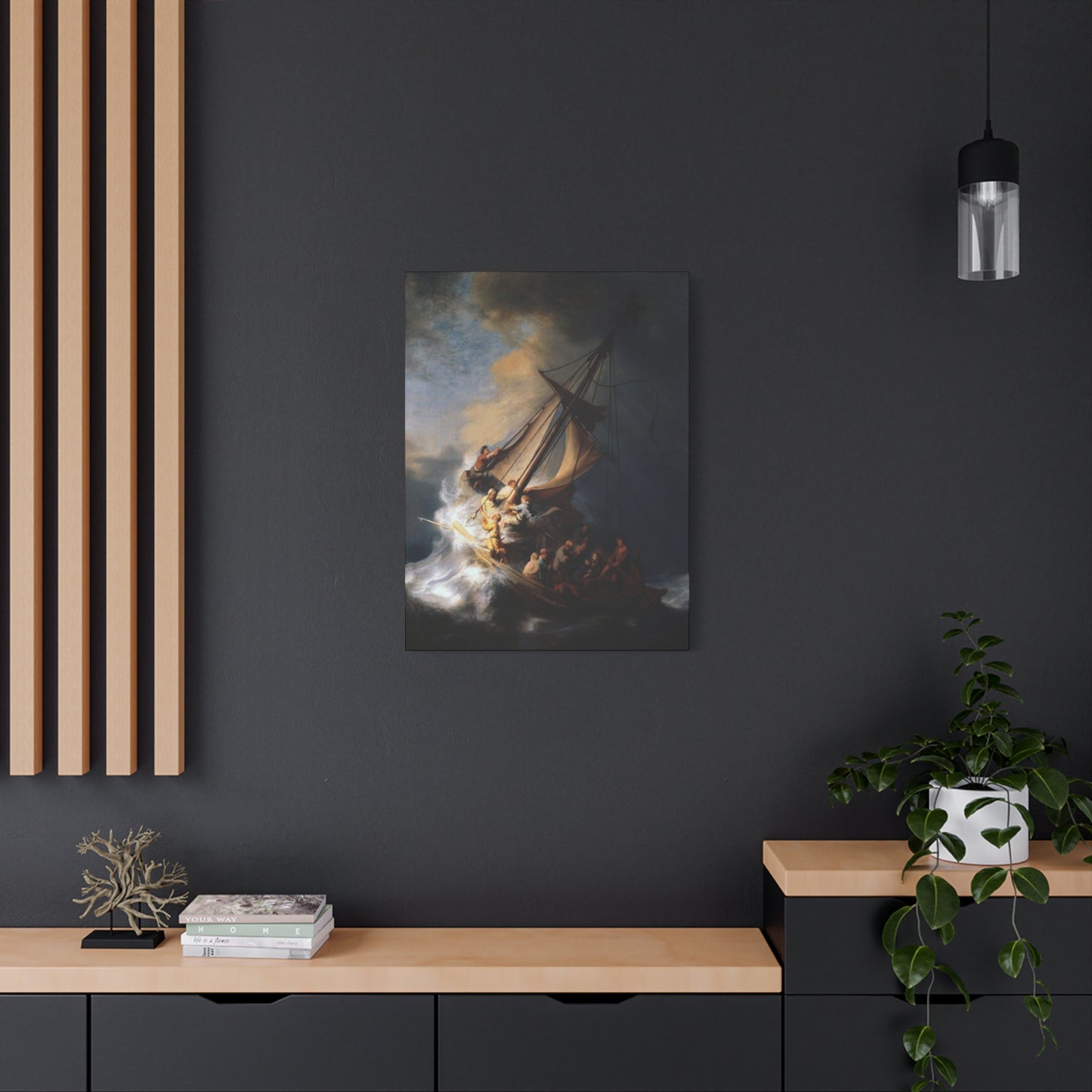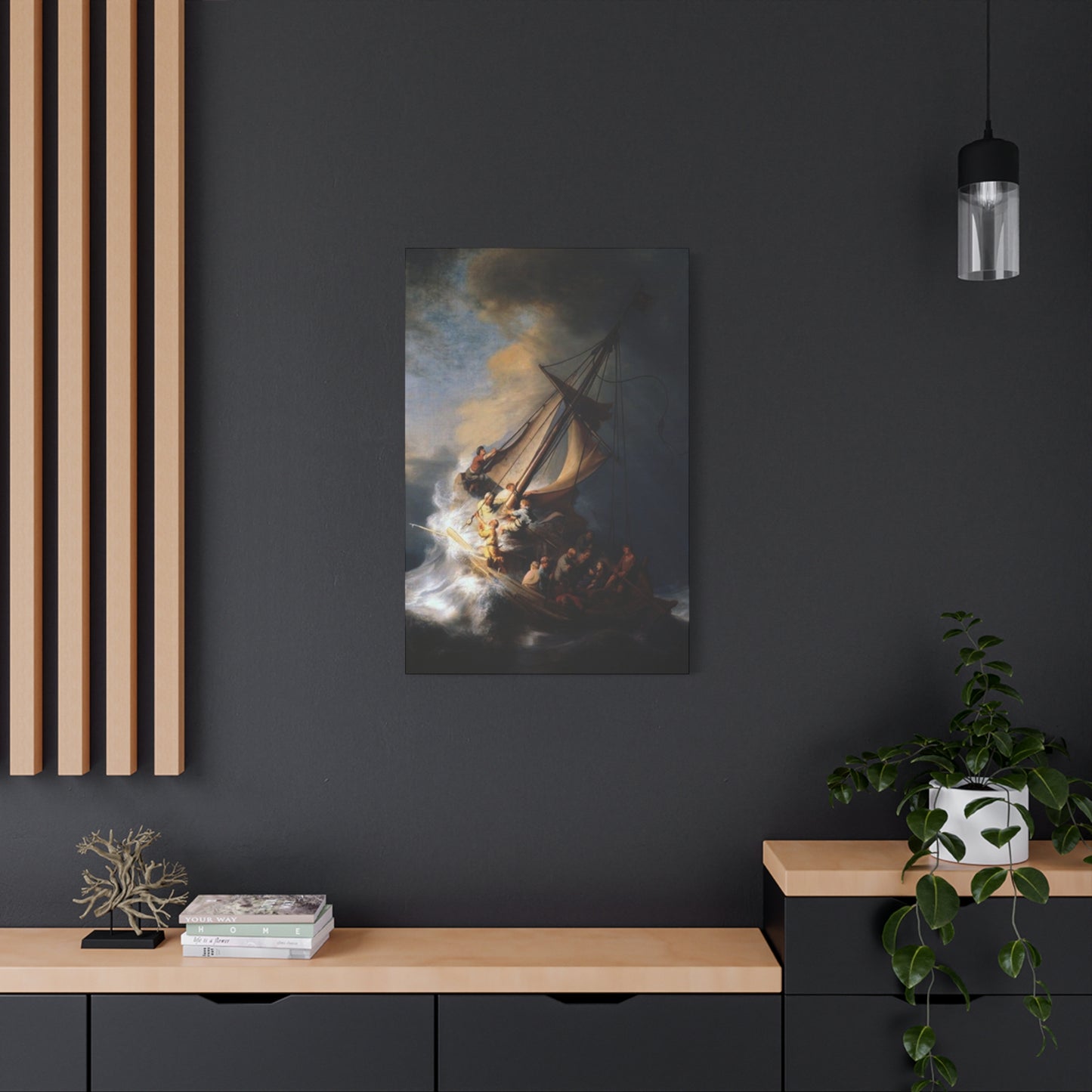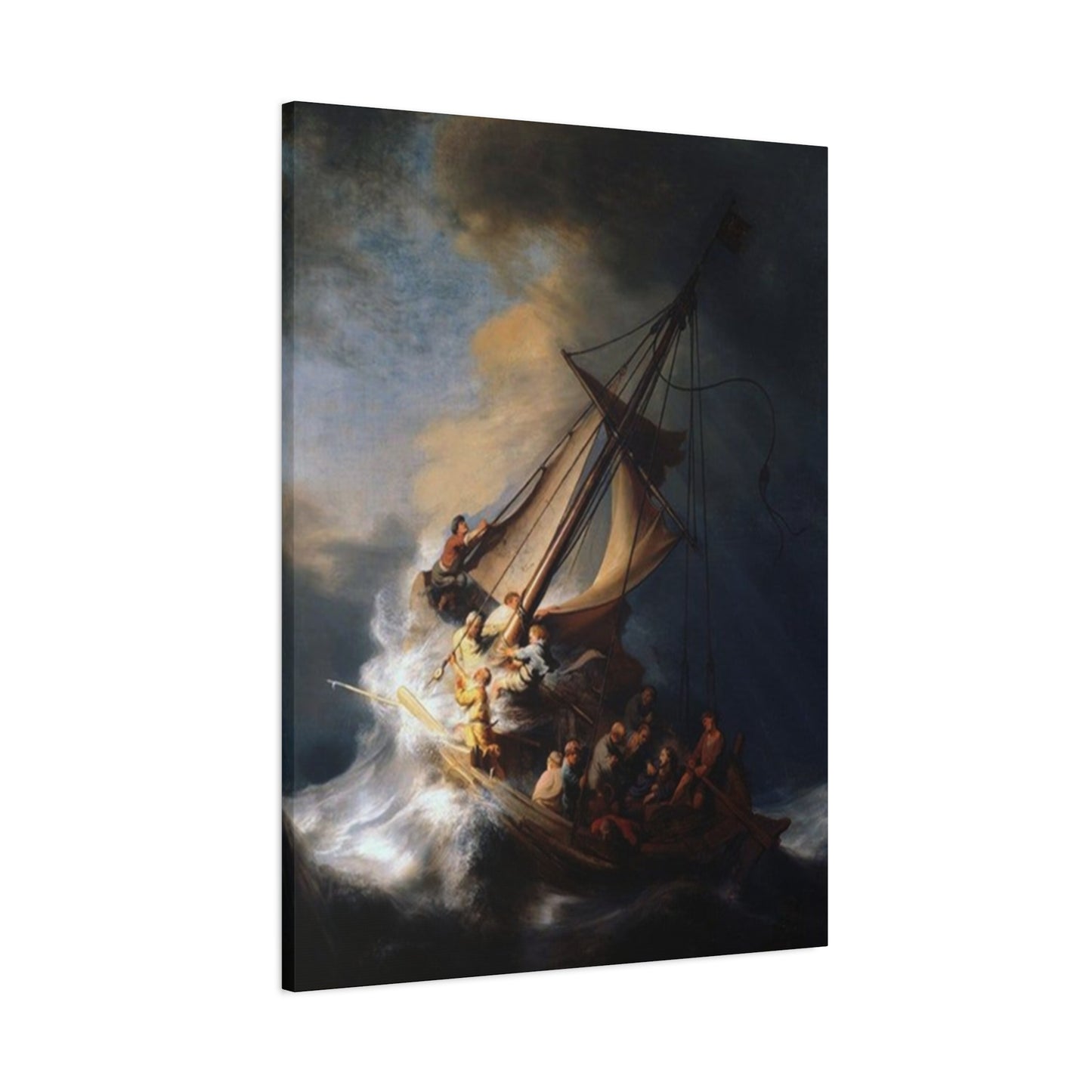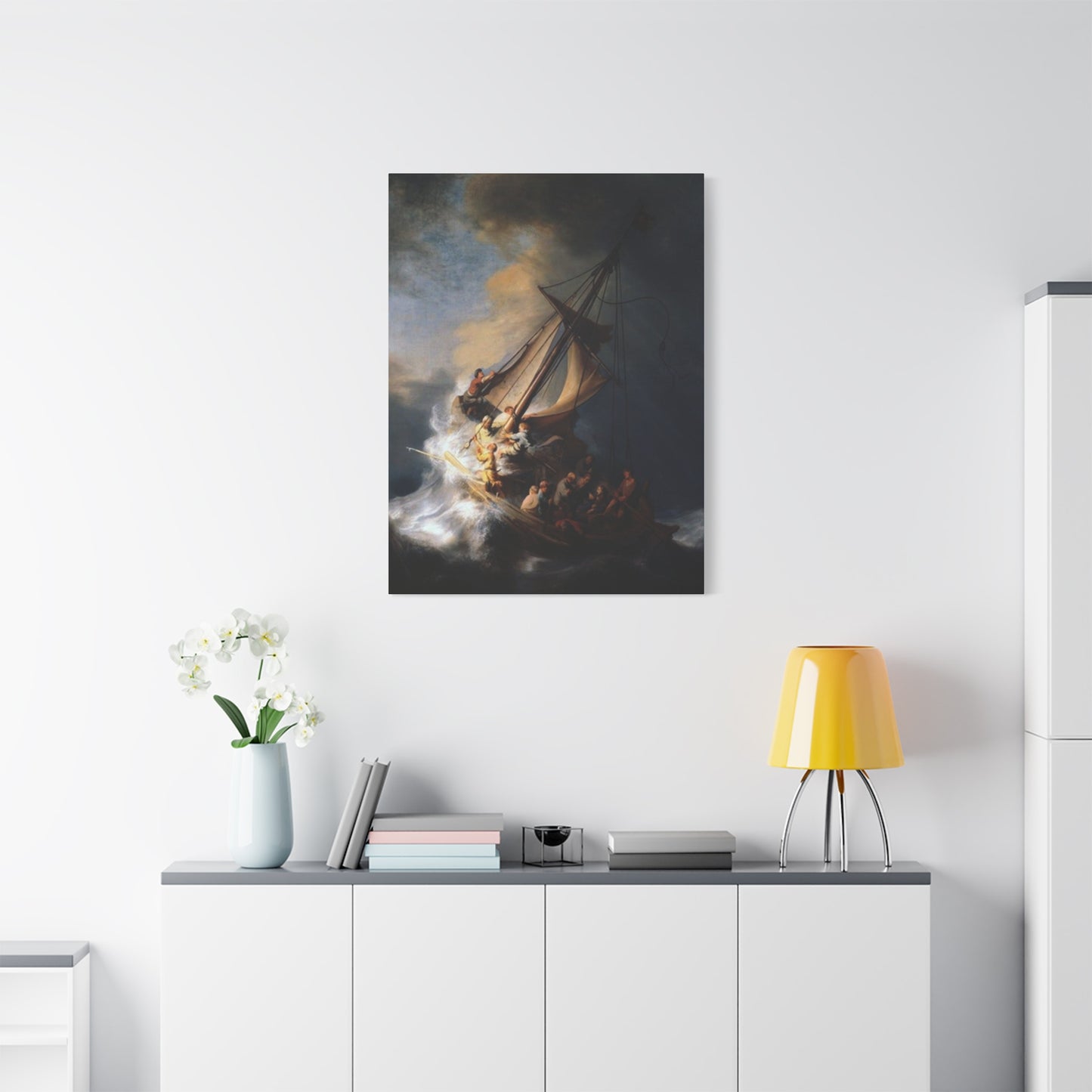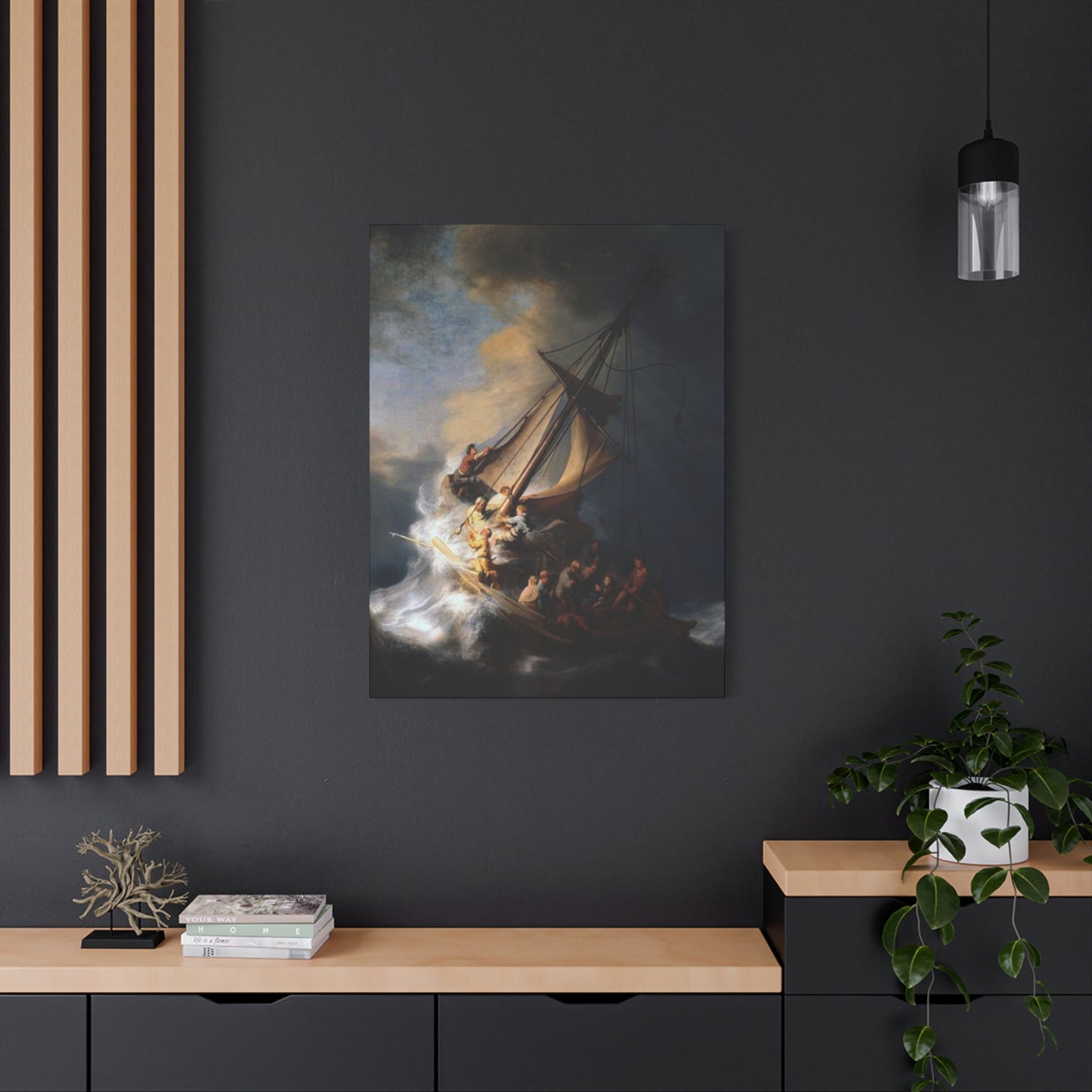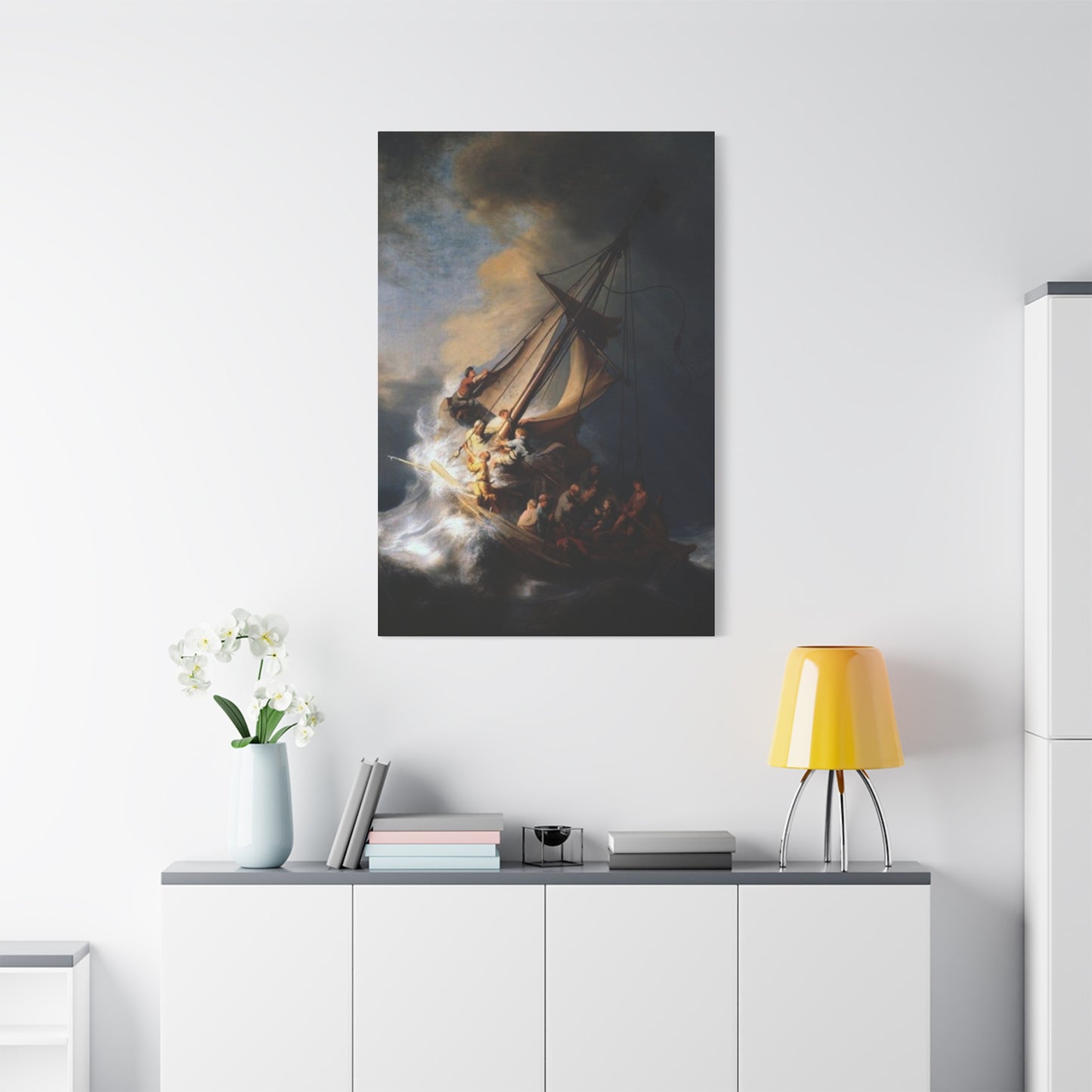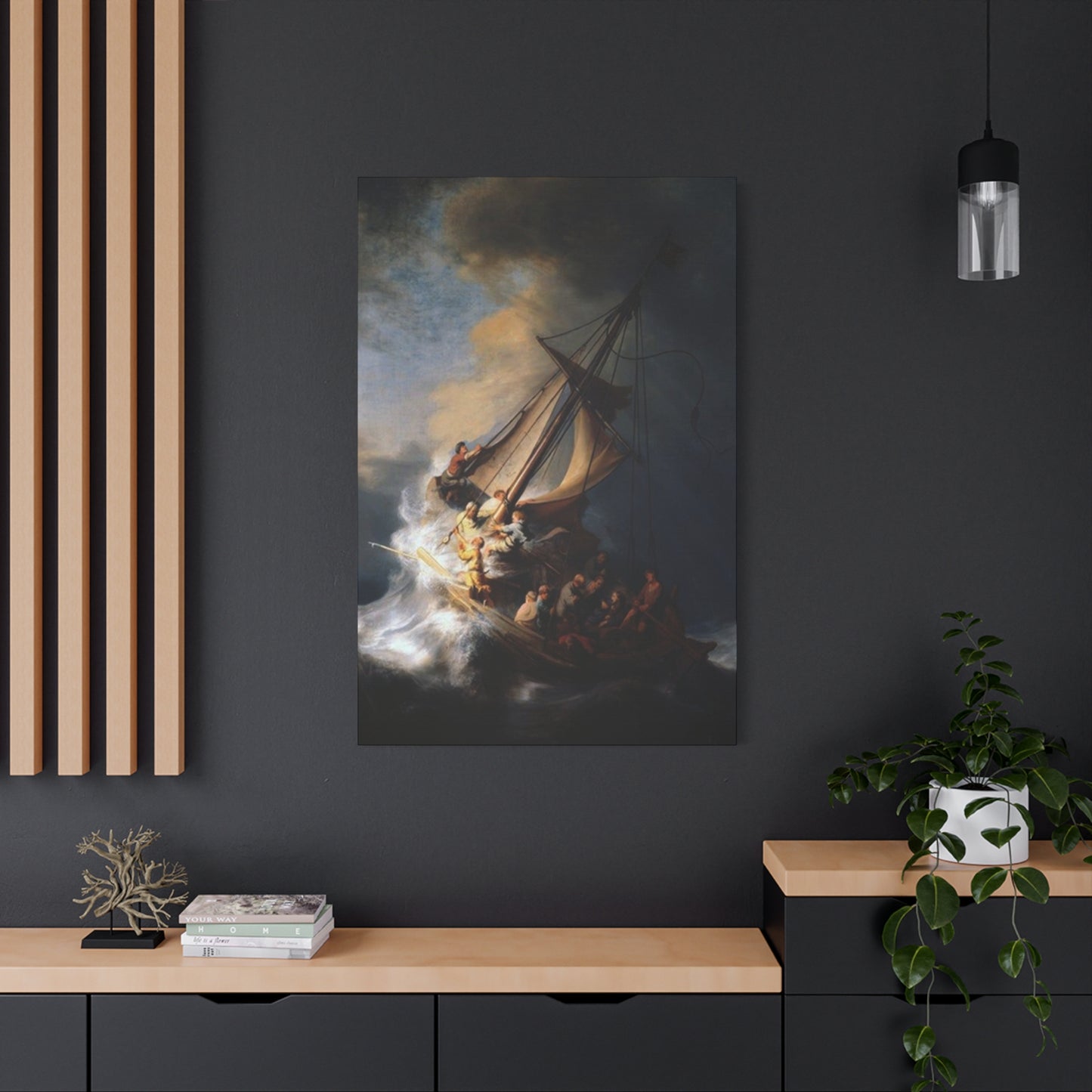Nautical Dreams: Ship Wall Art Canvas Prints That Bring Maritime Beauty to Your Living Environment
Maritime artwork has captivated homeowners for centuries, offering a timeless connection to the vast oceans and adventurous spirit of seafaring. Ship wall art canvas prints represent one of the most compelling ways to incorporate nautical themes into residential and commercial environments. These stunning visual pieces transform ordinary rooms into captivating maritime sanctuaries, evoking feelings of wanderlust, tranquility, and connection to the natural world.
The appeal of nautical artwork extends far beyond coastal communities. Urban dwellers, mountain residents, and people from all walks of life find themselves drawn to the romantic allure of ships sailing across endless horizons. Canvas prints featuring maritime vessels offer an accessible and affordable way to bring these powerful images into any living environment, creating focal points that spark conversation and inspire dreams of distant shores.
Modern printing technologies have revolutionized how we experience maritime art in our homes. High-quality canvas prints now capture every detail of magnificent vessels, from the intricate rigging of tall ships to the weathered hulls of fishing boats. These reproductions maintain the artistic integrity of original paintings while offering durability and affordability that make them accessible to art lovers with varying budgets.
Historical Significance of Maritime Art in Home Decoration
Maritime art has played a significant role in home decoration since the earliest seafaring civilizations. Ancient civilizations adorned their walls with depictions of boats and ships, recognizing these vessels as symbols of exploration, trade, and human achievement. The tradition continued through medieval times when wealthy merchants displayed paintings of the ships that brought them prosperity.
During the golden age of sailing, ship portraiture became a specialized art form. Wealthy ship owners commissioned detailed paintings of their vessels, which were then displayed prominently in their homes as symbols of success and adventure. These original works established many of the visual conventions we still appreciate in modern ship wall art canvas prints.
The industrial revolution brought significant changes to maritime art. Steam-powered vessels began appearing alongside traditional sailing ships in artistic works, reflecting the changing nature of ocean travel. Artists captured the drama of these transitions, creating powerful images that continue to resonate with contemporary audiences.
Victorian era homes frequently featured maritime themes in their decoration schemes. Ship paintings, nautical instruments, and ocean-themed accessories created cohesive decorative narratives that reflected the period's fascination with exploration and discovery. This tradition established precedents for using maritime imagery as primary decorative elements rather than mere accessories.
The democratization of art reproduction in the 20th century made maritime artwork accessible to broader audiences. Printing technologies allowed middle-class families to enjoy high-quality reproductions of famous maritime paintings, spreading the appeal of nautical themes throughout society. This accessibility continues today with modern canvas printing techniques.
Contemporary maritime art reflects both traditional themes and modern perspectives on ocean life. Environmental concerns, historical preservation, and romantic nostalgia all influence how artists approach maritime subjects. Ship wall art canvas prints capture these diverse perspectives, offering options that appeal to various aesthetic preferences and philosophical viewpoints.
Types of Ship Wall Art Canvas Prints Available
The variety of ship wall art canvas prints available today reflects centuries of maritime artistic tradition combined with contemporary aesthetic sensibilities. Traditional sailing ships remain among the most popular subjects, with tall ships, clipper ships, and historic vessels capturing the romantic spirit of the age of sail. These prints often feature dramatic cloud formations, billowing sails, and dynamic wave patterns that create visual excitement.
Modern naval vessels offer a completely different aesthetic appeal. Contemporary warships, cruise liners, and cargo vessels represent human engineering achievements and industrial design. These prints often emphasize clean lines, geometric forms, and technological sophistication, appealing to those who appreciate modern maritime achievements.
Fishing boats and working vessels provide more intimate and personal maritime imagery. These prints often capture the daily lives of fishermen and coastal workers, presenting maritime life from a human perspective. The weathered appearance of working boats adds character and authenticity to these artistic representations.
Vintage and antique ship reproductions offer historical authenticity for those seeking period-appropriate decoration. These prints reproduce famous maritime paintings from various eras, allowing homeowners to incorporate genuine historical artwork into their decorative schemes. Museum-quality reproductions maintain the artistic integrity of original masterpieces.
Abstract and contemporary interpretations of maritime themes provide modern artistic perspectives on traditional subjects. These prints might feature stylized ship silhouettes, geometric interpretations of maritime forms, or artistic abstractions that suggest rather than literally depict maritime subjects. Such works appeal to those seeking nautical themes with contemporary artistic sensibilities.
Photographic ship prints offer realistic representations of actual vessels and maritime scenes. These prints capture the authentic details and atmospheric conditions of real maritime environments, providing documentary accuracy combined with artistic composition. Photography-based prints appeal to those seeking authentic maritime imagery.
Choosing the Right Maritime Canvas Print for Different Rooms
Living rooms benefit from large, dramatic ship wall art canvas prints that serve as focal points for conversation and contemplation. These primary living areas can accommodate substantial maritime artwork that makes bold decorative statements. Sailing ships battling stormy seas or peaceful vessels gliding across calm waters create compelling visual narratives that enhance social gatherings.
Bedrooms require more subtle maritime imagery that promotes relaxation and peaceful sleep. Gentle seascapes featuring distant ships or serene harbor scenes provide calming influences without overstimulating visual excitement. Sunset scenes with silhouetted vessels offer particularly soothing bedroom decoration that encourages restful sleep.
Home offices and study areas benefit from inspirational maritime imagery that encourages productivity and creative thinking. Exploratory vessels, discovery scenes, and adventure-themed maritime prints provide motivational influences that support professional activities. Historical maritime achievements can inspire personal and professional accomplishments.
Dining rooms accommodate maritime artwork that enhances social dining experiences. Ship prints featuring port scenes, maritime celebrations, or elegant sailing vessels create sophisticated atmospheres for entertaining guests. These images should complement rather than compete with dining activities and conversation.
Hallways and transitional areas benefit from series of smaller maritime prints that create cohesive decorative narratives. Multiple related images can tell maritime stories as people move through these connecting areas. Consistent themes and coordinated color schemes create visual continuity throughout residential environments.
Children's rooms require age-appropriate maritime imagery that stimulates imagination while maintaining visual appeal. Colorful cartoon ships, adventure scenes, and educational maritime content provide decorative value while supporting learning and development. Safety considerations ensure that maritime themes remain appropriate for young audiences.
Color Schemes and Aesthetic Considerations
Traditional maritime color palettes draw from natural ocean environments, featuring various shades of blue, green, and gray that reflect water, sky, and weather conditions. These natural color schemes create cohesive decorative foundations that work well with existing home decoration elements. Navy blues, seafoam greens, and storm grays provide sophisticated color options.
Warm color schemes featuring golden sunsets, amber lighting, and rich earth tones create inviting maritime atmospheres. These warmer palettes make maritime themes more welcoming and comfortable, particularly in residential environments where relaxation and comfort are priorities. Sunset scenes and golden hour maritime imagery exemplify these warmer approaches.
Monochromatic color schemes using various shades of single colors create sophisticated maritime presentations. Black and white maritime prints offer timeless elegance that coordinates with any decorative scheme, while sepia-toned images provide vintage character. These simplified color approaches emphasize form and composition over chromatic variety.
Bold, vibrant color schemes featuring intense blues, dramatic reds, and bright whites create exciting maritime presentations. These energetic color combinations work well in contemporary environments where visual impact takes precedence over subtle decoration. Dramatic storm scenes and racing sailboats exemplify these dynamic color approaches.
Neutral color schemes featuring beiges, creams, and soft grays create subtle maritime influences that complement rather than dominate decorative schemes. These understated approaches allow maritime themes to enhance existing decoration without overwhelming other design elements. Peaceful harbor scenes and misty seascapes work well with neutral palettes.
Complementary color combinations using opposing colors on the color wheel create visually striking maritime presentations. Orange sunset skies against blue waters, red sails against green seas, and other complementary combinations create dynamic visual tension that captures attention and maintains interest over time.
Size and Placement Guidelines for Maximum Impact
Large maritime canvas prints work best as primary focal points in substantial wall areas where their impressive scale can be fully appreciated. These major pieces require adequate viewing distances to allow observers to appreciate their full compositional complexity. Living rooms, master bedrooms, and dining rooms typically provide appropriate settings for large maritime artwork.
Medium-sized prints offer versatility for various placement options throughout residential environments. These moderately scaled pieces work well above furniture, in hallways, and as part of grouped arrangements. Their manageable size makes them easy to relocate and reconfigure as decorative needs change over time.
Small maritime prints excel in intimate settings where close viewing allows appreciation of fine details and subtle artistic elements. These compact pieces work well in bathrooms, powder rooms, home offices, and bedroom corners where their modest scale creates personal decorative touches without overwhelming limited available area.
Grouped arrangements of multiple maritime prints create comprehensive decorative narratives that tell maritime stories through sequential imagery. These collections might follow chronological themes, regional maritime traditions, or artistic style progressions. Consistent framing and coordinated spacing ensure visual coherence in grouped presentations.
Vertical placement considerations account for optimal viewing angles and lighting conditions that enhance maritime artwork appreciation. Proper height placement ensures comfortable viewing without neck strain while maximizing natural and artificial lighting benefits. Eye-level placement generally provides the most comfortable viewing experience for most observers.
Horizontal placement strategies consider wall proportions and furniture relationships that create balanced decorative compositions. Maritime prints should complement rather than compete with other decorative elements while maintaining their own visual significance. Proper spacing from furniture and architectural features ensures optimal presentation.
Maintenance and Care Instructions
Canvas print maintenance requires regular attention to preserve image quality and prevent deterioration over time. Gentle dusting using soft, dry cloths removes surface debris without damaging printed surfaces or canvas textures. Microfiber cloths work particularly well for delicate cleaning tasks that maintain print quality.
Humidity control prevents canvas expansion and contraction that can cause cracking or warping over time. Moderate humidity levels between 40-60% provide optimal preservation conditions for canvas prints. Dehumidifiers or humidifiers may be necessary in climates with extreme humidity fluctuations.
Direct sunlight exposure causes fading and color degradation that permanently damages maritime canvas prints. UV-filtering window treatments, strategic placement away from direct sunlight, and museum-quality UV protection sprays help preserve color integrity over extended periods. Northern exposures typically provide the most stable lighting conditions.
Temperature stability prevents thermal expansion and contraction that can stress canvas materials and mounting systems. Avoiding placement near heating vents, fireplaces, or air conditioning units helps maintain consistent environmental conditions. Gradual temperature changes are less damaging than sudden fluctuations.
Professional cleaning services provide deep maintenance for valuable maritime prints that require specialized care. These services use appropriate solvents and techniques that preserve artistic integrity while removing accumulated dirt and environmental contaminants. Annual professional maintenance extends the life of important maritime artwork.
Storage considerations for seasonal rotation or temporary removal require proper protection from moisture, pests, and physical damage. Acid-free materials, climate-controlled environments, and proper support systems ensure that stored maritime prints remain in excellent condition during periods of non-display.
Creating Maritime-Themed Room Designs
Comprehensive maritime room design integrates ship wall art canvas prints with coordinated decorative elements that create cohesive nautical environments. Furniture selection, textile choices, and accessory coordination all contribute to successful maritime themes that feel intentional rather than coincidental.
Color coordination between maritime artwork and room elements creates visual harmony that enhances overall decorative success. Wall colors, furniture finishes, and textile patterns should complement rather than compete with maritime print color schemes. Subtle coordination works better than exact matching for sophisticated results.
Lighting design enhances maritime artwork appreciation while supporting overall room functionality. Accent lighting focused on maritime prints creates gallery-like presentation quality, while ambient lighting provides comfortable general illumination. Natural lighting from windows can complement maritime themes when properly controlled.
Furniture selection supports maritime themes through materials, styles, and proportions that echo nautical traditions. Weathered wood finishes, rope details, and maritime-inspired hardware create authentic nautical character. Contemporary furniture can also work with maritime themes when colors and proportions are carefully considered.
Textile integration through curtains, pillows, and upholstery reinforces maritime themes while providing comfort and functionality. Nautical patterns, ocean colors, and maritime-inspired textures create layered decorative depth that supports ship wall art canvas prints without overwhelming them.
Accessory coordination through maritime artifacts, nautical instruments, and ocean-themed decorative objects creates comprehensive themed environments. Authentic maritime antiques, quality reproductions, and contemporary maritime-inspired accessories can all contribute to successful nautical decorating schemes.
Popular Ship Types Featured in Canvas Art
Tall ships represent the romantic pinnacle of sailing vessel design, featuring multiple masts and complex rigging systems that create visually dramatic compositions. These magnificent vessels, including clipper ships, frigates, and training ships, offer rich detail and historical significance that appeals to maritime art enthusiasts. Their impressive scale and graceful lines make them ideal subjects for large canvas prints.
Historic warships provide powerful imagery that combines maritime beauty with historical significance. Famous vessels like HMS Victory, USS Constitution, and other notable naval ships offer educational value alongside aesthetic appeal. These prints often feature detailed rigging, authentic paint schemes, and historically accurate presentations that satisfy both art lovers and history enthusiasts.
Modern sailing yachts present contemporary maritime elegance through sleek lines and sophisticated design. Racing yachts, luxury sailboats, and recreational vessels showcase modern naval architecture and engineering achievements. These prints appeal to contemporary audiences while maintaining connections to traditional sailing traditions.
Commercial fishing vessels offer authentic maritime character through their weathered appearance and functional design. Lobster boats, trawlers, and other working vessels present maritime life from practical perspectives that emphasize the human relationship with the ocean. These prints often feature realistic detail and authentic maritime atmosphere.
Luxury cruise ships and passenger vessels represent modern maritime travel and hospitality. These impressive vessels showcase contemporary naval architecture and engineering capabilities while providing decorative imagery that appeals to travel enthusiasts. Their massive scale and elegant design create striking visual presentations.
Traditional boats from various cultures provide diverse maritime perspectives that reflect global seafaring traditions. Viking longships, Chinese junks, Mediterranean fishing boats, and other culturally specific vessels offer unique decorative options that celebrate maritime heritage from around the world.
Artistic Styles and Techniques in Maritime Prints
Realistic maritime art emphasizes accurate representation of ships, water, and atmospheric conditions through detailed painting techniques and careful observation. These works capture the authentic appearance of maritime subjects with documentary precision while maintaining artistic composition and aesthetic appeal. Photorealistic techniques create convincing illusions of actual maritime scenes.
Impressionistic maritime art focuses on capturing the essence and emotional impact of maritime subjects through loose brushwork and emphasis on light and atmosphere. These works prioritize mood and feeling over precise detail, creating evocative presentations that suggest rather than literally depict maritime scenes.
Abstract maritime interpretations reduce ship and ocean forms to essential elements like line, color, and shape. These contemporary approaches appeal to modern aesthetic sensibilities while maintaining connections to maritime themes. Geometric abstractions and stylized representations offer sophisticated decorative options.
Traditional marine painting techniques follow established conventions developed over centuries of maritime art creation. These approaches emphasize proper ship proportions, accurate rigging details, and realistic wave patterns that satisfy knowledgeable maritime enthusiasts while appealing to general audiences.
Contemporary digital art techniques combine traditional maritime imagery with modern artistic tools and perspectives. Digital manipulation, enhanced colors, and contemporary composition approaches create fresh interpretations of classic maritime themes that appeal to modern audiences.
Mixed media approaches combine various artistic techniques and materials to create unique maritime presentations. These experimental works might incorporate photography, painting, and graphic design elements to create innovative maritime art that pushes traditional boundaries while maintaining maritime appeal.
Historical Maritime Events Depicted in Art
Famous naval battles provide dramatic subject matter for maritime canvas prints that combine historical significance with visual excitement. Battles like Trafalgar, the defeat of the Spanish Armada, and World War II naval encounters offer compelling imagery that appeals to history enthusiasts and art lovers alike.
Age of exploration themes featuring famous voyages and discoveries create inspiring maritime artwork that celebrates human achievement and curiosity. Columbus, Magellan, Cook, and other famous explorers provide subject matter that combines adventure with historical importance.
Maritime disasters and rescues offer emotionally powerful subject matter that demonstrates both the dangers and heroism associated with ocean travel. Famous shipwrecks, rescue operations, and survival stories create compelling visual narratives that capture viewer attention and imagination.
Commercial maritime history featuring trading vessels, merchant fleets, and economic maritime activities provides insight into the practical importance of ocean transportation throughout history. These themes offer educational value while maintaining visual appeal for decorative purposes.
Military naval history encompasses various conflicts and peacetime naval activities that demonstrate the strategic importance of maritime power. These subjects offer both patriotic appeal and historical educational value for viewers interested in naval heritage.
Maritime technological development themes showcase the evolution of ship design and marine engineering throughout history. From ancient vessels to modern ships, these progressive themes demonstrate human ingenuity and technological advancement in maritime contexts.
Regional Maritime Art Traditions
Mediterranean maritime art reflects the cultural richness and historical importance of this ancient seafaring region. Greek, Italian, and Spanish maritime traditions offer unique aesthetic perspectives that emphasize both classical beauty and practical seamanship. These regional styles often feature warm colors and romantic compositions.
Northern European maritime traditions emphasize the harsh beauty and practical necessity of seafaring in challenging climates. Dutch, Scandinavian, and British maritime art often features dramatic weather conditions and sturdy vessels designed for difficult conditions. These works emphasize endurance and maritime skill.
American maritime art encompasses both East and West Coast traditions that reflect the nation's maritime heritage and economic development. New England whaling scenes, California Gold Rush shipping, and Great Lakes maritime activities offer diverse American maritime perspectives.
Asian maritime traditions feature unique vessel designs and artistic conventions that reflect different cultural approaches to seafaring and maritime art. Chinese junks, Japanese fishing boats, and Southeast Asian maritime traditions offer exotic appeal and cultural diversity.
Caribbean and tropical maritime art emphasizes the beauty and romance of warm-water sailing and island maritime culture. Colorful local boats, tropical weather conditions, and island maritime activities create appealing decorative imagery that evokes vacation and relaxation themes.
Arctic maritime art captures the unique challenges and beauty of polar seafaring through dramatic imagery of ice-bound vessels and extreme conditions. These specialized maritime themes offer unique decorative options that emphasize human endurance and natural beauty.
Modern Canvas Printing Technology
Digital printing technology has revolutionized maritime art reproduction through enhanced color accuracy, detail resolution, and material durability. Modern printers can reproduce subtle color gradations and fine details that were impossible with earlier reproduction methods, allowing maritime canvas prints to capture the full artistic impact of original works.
High-resolution scanning and imaging capture every detail of original maritime paintings with unprecedented accuracy. These digital files serve as permanent archives that preserve artistic heritage while enabling unlimited high-quality reproduction. Museum-quality scanning ensures that reproductions maintain artistic integrity.
Color management systems ensure consistent and accurate color reproduction across different printing equipment and viewing conditions. These technical advances guarantee that maritime canvas prints accurately represent original artwork colors regardless of production facility or printing batch.
Canvas materials and coating technologies provide durability and longevity that surpass traditional art reproduction methods. Modern canvas materials resist fading, moisture, and environmental damage while maintaining the texture and appearance that makes canvas prints appealing decorative choices.
Printing ink technologies offer enhanced color stability and fade resistance that preserve maritime artwork appearance over extended periods. UV-resistant inks and protective coatings ensure that maritime canvas prints maintain their original appearance despite normal display conditions and environmental exposure.
Quality control systems ensure consistent reproduction standards across large production runs. Automated color checking, registration verification, and surface quality inspection guarantee that every maritime canvas print meets established quality standards regardless of production volume.
Installation and Hanging Techniques
Wall preparation ensures secure mounting and proper presentation of maritime canvas prints. Stud location, wall surface evaluation, and weight distribution planning prevent installation problems that could damage both artwork and wall surfaces. Proper preparation ensures long-term installation success.
Hardware selection depends on print size, weight, and wall type to ensure secure mounting without artwork damage. Professional-grade hanging hardware provides reliable support while allowing easy repositioning when decorative needs change. Quality hardware prevents costly installation failures.
Leveling and alignment techniques ensure professional-looking installations that complement architectural features and existing decorative elements. Proper measurement and marking prevent crooked installations that detract from maritime artwork aesthetic impact. Professional installation tools ensure accurate results.
Lighting considerations during installation optimize maritime artwork presentation through proper illumination and shadow control. Installation planning should account for existing lighting conditions and potential lighting improvements that enhance artwork appreciation.
Safety considerations during installation prevent personal injury and property damage that can result from improper installation techniques. Heavy maritime canvas prints require proper equipment and techniques that ensure installer safety while protecting valuable artwork.
Professional installation services provide expertise and equipment for complex or valuable maritime artwork installations. These services ensure proper technique while providing insurance and warranty protection that justify their additional cost for important artwork.
Framing and Presentation Options
Traditional framing enhances maritime canvas prints through protective and aesthetic benefits that complement nautical themes. Wood frames with maritime finishes, rope details, or weathered appearances reinforce nautical decorating themes while providing structural protection for canvas prints.
Contemporary framing options offer sleek, minimalist presentations that emphasize maritime artwork without competing decorative elements. Metal frames, floating presentations, and other modern techniques appeal to contemporary aesthetic sensibilities while maintaining professional presentation quality.
Custom framing allows precise coordination between maritime artwork and existing decorative schemes through personalized material and design choices. Professional framers can recommend optimal combinations that enhance both artwork and room decoration while providing appropriate protection.
Matting considerations affect both artistic presentation and preservation quality for maritime canvas prints. Appropriate matting materials and proportions enhance artwork presentation while providing protective benefits that preserve print quality over time.
Glass and protective covering options provide additional protection against environmental damage while maintaining visual accessibility. Anti-reflective coatings, UV filtering, and other protective technologies enhance both artwork preservation and viewing quality.
Presentation alternatives including gallery hanging systems, easel displays, and temporary mounting options provide flexibility for changing decorative needs. These systems allow artwork rotation and repositioning without permanent installation commitment.
Maritime Art as Investment and Collectibles
Original maritime paintings represent significant investment opportunities for collectors who appreciate both artistic and historical value. Famous maritime artists, historical significance, and artistic quality all contribute to investment potential that can provide both aesthetic enjoyment and financial returns.
Limited edition maritime prints offer collectible value at more accessible price points than original paintings. Numbered editions, artist signatures, and quality reproduction techniques create collectible items that can appreciate in value while providing decorative benefits.
Authentication and provenance documentation ensure investment security for valuable maritime artwork. Professional appraisal, documentation, and certification provide security and insurance benefits that protect investment value over time.
Market trends in maritime art reflect broader collecting interests and economic conditions that affect value appreciation. Understanding these trends helps collectors make informed purchasing decisions that balance aesthetic preferences with investment considerations.
Insurance and protection considerations ensure that valuable maritime artwork maintains its investment value through proper coverage and care. Specialized art insurance and professional conservation services protect both aesthetic and financial interests.
Estate planning for maritime art collections ensures that investment value transfers properly to heirs while minimizing tax implications. Professional estate planning services help collectors manage valuable maritime artwork as part of comprehensive financial planning.
Environmental and Sustainability Considerations
Eco-friendly printing processes reduce environmental impact through sustainable materials and manufacturing techniques. Water-based inks, recycled canvas materials, and energy-efficient production methods support environmental responsibility while maintaining print quality.
Sustainable material sourcing ensures that maritime canvas prints support responsible forestry and manufacturing practices. Certified sustainable materials and responsible supplier relationships contribute to environmental protection while providing quality products.
Packaging and shipping considerations minimize environmental impact through efficient methods and recyclable materials. Reduced packaging waste and carbon-efficient shipping options support environmental responsibility throughout the product lifecycle.
Longevity and durability reduce environmental impact through extended product life that minimizes replacement needs. Quality maritime canvas prints that last for decades reduce overall environmental impact compared to shorter-lived decorative alternatives.
Recycling and disposal options ensure responsible handling of maritime canvas prints at the end of their useful life. Proper disposal methods and recycling programs minimize environmental impact when artwork replacement becomes necessary.
Green certification programs provide verification of environmental responsibility in maritime art production. These certifications help environmentally conscious consumers make informed choices that support their environmental values.
Cultural Impact and Significance
Maritime art preserves cultural heritage through visual documentation of seafaring traditions and maritime history. These artistic works serve as cultural archives that maintain connections to maritime heritage for future generations while providing contemporary decorative value.
Educational value in maritime artwork promotes understanding of maritime history, geography, and cultural traditions. Canvas prints featuring historically significant vessels and maritime scenes provide learning opportunities that enhance their decorative function.
Tourism and regional identity benefits result from maritime art that celebrates local seafaring traditions and coastal heritage. These works promote regional pride and cultural awareness while supporting tourism and economic development in maritime communities.
International maritime connections fostered by maritime art promote understanding of global seafaring traditions and cultural exchange. Artwork featuring various maritime cultures creates appreciation for diverse approaches to seafaring and ocean relationships.
Generational knowledge transfer occurs through maritime artwork that introduces younger generations to seafaring traditions and maritime heritage. Visual representations help maintain cultural connections that might otherwise be lost in increasingly land-based societies.
Community identity and cohesion develop around shared maritime heritage expressed through artwork and cultural celebrations. Maritime canvas prints contribute to these community connections while providing personal decorative benefits for individual homeowners.
Future Trends in Maritime Wall Art
Augmented reality integration will enhance maritime canvas prints through digital overlays that provide additional information and interactive experiences. These technological advances will create educational and entertainment value beyond traditional static artwork presentation.
Personalization and customization options will expand through digital technologies that allow customers to modify maritime artwork according to their specific preferences. Custom color schemes, personalized vessels, and individualized compositions will become increasingly accessible.
Smart home integration will connect maritime artwork with home automation systems that optimize presentation conditions and provide interactive features. Automated lighting adjustment, environmental monitoring, and digital enhancement capabilities will improve artwork presentation.
Sustainable production advances will further reduce environmental impact while improving quality and affordability. New materials, production techniques, and distribution methods will support environmental responsibility while expanding market accessibility.
Global marketplace expansion will provide access to maritime art from diverse cultures and artistic traditions. International shipping, online marketplaces, and cultural exchange programs will broaden available maritime artwork options for consumers worldwide.
Virtual reality experiences will complement physical maritime artwork through immersive digital presentations that transport viewers into maritime scenes. These technologies will enhance the experiential value of maritime art while maintaining the aesthetic benefits of physical artwork.
Conclusion
Ship wall art canvas prints represent a remarkable fusion of historical maritime heritage and contemporary artistic innovation, offering homeowners unprecedented opportunities to incorporate the romance and adventure of seafaring into their living environments. These magnificent visual pieces transcend mere decoration, serving as windows into the rich tapestry of human maritime experience while providing sophisticated aesthetic enhancement for any residential or commercial setting.
The journey through maritime artistic tradition reveals the enduring appeal of ships and ocean imagery across cultures and centuries. From ancient civilizations that adorned their walls with primitive vessel depictions to contemporary digital artists creating stunning modern interpretations, maritime themes have consistently captured human imagination and decorative sensibilities. This timeless appeal ensures that ship wall art canvas prints will continue to provide relevant and engaging decorative options for generations to come.
Modern printing technologies have democratized access to high-quality maritime artwork, making museum-quality reproductions available to art lovers regardless of budget constraints. The technical advances in digital reproduction, color management, and material durability mean that contemporary canvas prints can rival original paintings in visual impact while providing practical benefits like fade resistance and easy maintenance that make them ideal for everyday living environments.
The versatility of maritime canvas prints accommodates diverse decorative schemes and personal preferences, from traditional nautical themes to contemporary abstract interpretations. Whether seeking dramatic battle scenes, peaceful harbor views, or stylized modern presentations, homeowners can find maritime artwork that complements their aesthetic vision while providing the emotional resonance that makes marine imagery so compelling.
Installation and maintenance considerations for maritime canvas prints have been simplified through advances in hanging hardware and protective technologies, making it easier than ever for homeowners to enjoy professional-quality maritime art presentation. Proper care ensures that these decorative investments provide decades of aesthetic pleasure while maintaining their artistic integrity and potential collectible value.
The environmental and sustainability advances in maritime art production address contemporary concerns about responsible consumption while maintaining quality standards that ensure customer satisfaction. Eco-friendly materials and production processes allow environmentally conscious consumers to enjoy maritime artwork without compromising their environmental values.
As technology continues to advance, the future of maritime wall art promises even more exciting possibilities through augmented reality, smart home integration, and personalization options that will enhance the already substantial appeal of ship canvas prints. These innovations will expand the ways people can enjoy and interact with maritime artwork while preserving the fundamental aesthetic and emotional benefits that have made nautical themes perennially popular.
The investment potential of quality maritime canvas prints, particularly limited editions and works by recognized artists, provides an additional benefit beyond aesthetic enjoyment. As maritime heritage becomes increasingly valued and maritime art appreciation grows, well-chosen pieces may appreciate in value while providing decades of decorative pleasure.
Ship wall art canvas prints ultimately offer a unique combination of historical significance, artistic beauty, emotional resonance, and practical functionality that few other decorative options can match. They transform ordinary rooms into inspiring environments that celebrate human achievement, natural beauty, and the eternal allure of the sea, creating lasting value that enriches daily life while connecting viewers to the broader maritime heritage that has shaped human civilization.

















